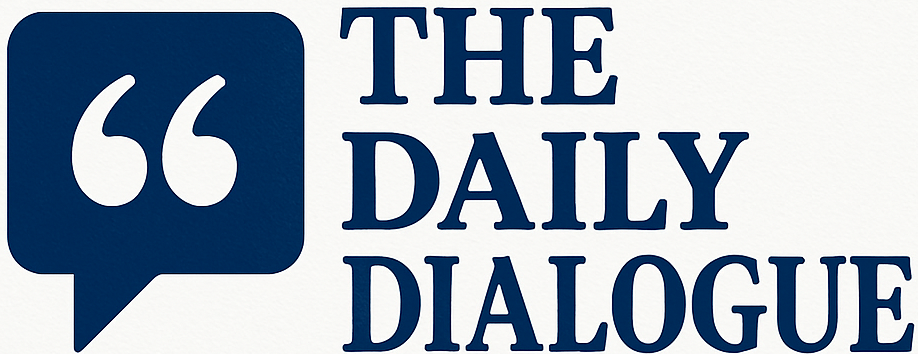1. Introduction to Soutaipasu
If you’ve worked with files in computing—whether in programming, web development, or system administration—you’ve probably come across the term relative path. In Japanese, this is referred to as “Soutaipasu” (相対パス), which directly translates to “relative path.”
In this guide, we’ll break down everything you need to know about soutaipasu, from the fundamentals of file system navigation to the real-world implications of choosing relative paths over absolute ones. By the end, you’ll understand not only what soutaipasu means but also how to use it effectively across various computing environments.
2. The Origin of the Term “Soutaipasu”
The word Soutaipasu comes from:
- 相対 (Soutai) — meaning “relative” or “comparative”
- パス (Pasu) — a transliteration of the English word “path”
In Japanese computing terminology, it refers to the location of a file or folder specified in relation to the current working directory (CWD) rather than the full, fixed path from the root directory.
While the concept is universal across file systems, the Japanese term has gained recognition in global programming communities—especially among developers who interact with multilingual resources or work in Japanese-based development teams.
3. Understanding the Basics of File Paths
Before diving into soutaipasu specifically, it’s important to understand file paths in general.
A file path is like an address for a file or folder on your computer. Just as you need a street name and number to find a house, your computer needs a file path to locate data.
There are two main types of paths:
- Absolute Path — The full address starting from the root directory.
- Relative Path (Soutaipasu) — The address based on your current location in the file system.
For example:
- Absolute: /Users/john/Documents/report.txt (Mac/Linux) or C:\Users\John\Documents\report.txt (Windows)
- Relative: ../Documents/report.txt (relative to the current folder)
4. Absolute Paths vs. Relative Paths
4.1 Absolute Paths
An absolute path tells the computer exactly where to find a file, starting from the root directory.
It’s unambiguous but can be rigid—if you move the project to another machine or folder, the path may break.
4.2 Relative Paths (Soutaipasu)
A relative path points to a file in relation to your current working directory.
It’s more flexible for projects, especially when sharing code, but it depends on your execution context.
4.3 Quick Comparison Table
| Feature | Absolute Path | Relative Path (Soutaipasu) |
| Starts From | Root directory | Current working directory |
| Portability | Low | High |
| Clarity | Always clear | Depends on CWD |
| Use Case | System scripts, fixed references | Project-based work |
5. How Soutaipasu Works in Practice
Let’s imagine you are in the directory:
bash
CopyEdit
/projects/webapp/src
Inside src, you have:
- index.html
- css/
- images/
If you want to reference style.css located in css:
- Absolute Path: /projects/webapp/src/css/style.css
- Relative Path (Soutaipasu): css/style.css
If you move the entire webapp folder to another location, the relative path still works as long as the internal structure remains the same.
6. The Role of the Current Working Directory (CWD)
The Current Working Directory is the folder your system or program treats as the starting point for relative paths.
- In a terminal, it’s the directory you’re “in” after running the pwd (Linux/Mac) or cd (Windows) command.
- In programming, it can be defined by the runtime environment (e.g., where you launched the script).
If your soutaipasu isn’t working, the most common culprit is that your CWD isn’t what you think it is.
7. Common Use Cases of Relative Paths in Computing
7.1 Web Development
Relative paths are widely used for linking CSS, JavaScript, and images in HTML projects.
7.2 Programming
Scripts often reference configuration files or data sets using soutaipasu for portability.
7.3 File Sharing
When sending project files to others, relative paths ensure the code runs without reconfiguration.
8. Advantages of Using Soutaipasu
- Portability — Works on different systems without modification.
- Shorter Syntax — Easier to read and write.
- Flexible Deployment — Great for collaborative environments.
- Version Control Friendly — Keeps code working when cloned from Git repositories.
9. Common Pitfalls and How to Avoid Them
- Wrong CWD Assumption — Always confirm your current working directory.
- Nested Directories Confusion — Use ./ for current directory and ../ for going up a level.
- OS Path Differences — Windows uses \ while Linux/Mac use /. Use path-handling libraries in programming.
10. Soutaipasu in Different Programming Languages
10.1 Python
python
CopyEdit
with open(“data/file.txt”, “r”) as f:
print(f.read())
10.2 JavaScript
javascript
CopyEdit
const fs = require(‘fs’);
fs.readFile(‘./data/file.txt’, ‘utf8’, (err, data) => {
console.log(data);
});
10.3 Java
java
CopyEdit
File file = new File(“data/file.txt”);
11. Soutaipasu in Web Development
In HTML:
html
CopyEdit
<link rel=”stylesheet” href=”css/style.css”>
<img src=”../images/logo.png” alt=”Logo”>
Relative paths make sites easier to migrate without broken links.
12. Security Considerations for Relative Paths
Relative paths can be exploited in path traversal attacks, where malicious input manipulates ../ to access restricted files.
Always validate user input when dealing with file paths.
13. Best Practices for Working with Relative Paths
- Use ./ to clarify current directory references.
- Limit directory depth to avoid confusion.
- Combine with constants or environment variables for safer code.
14. Soutaipasu in Cross-Platform Development
Different OS handle paths differently. Use:
- Node.js: path.join()
- Python: os.path.join()
- Java: Paths.get()
15. Future Relevance of Relative Paths in Modern Computing
Even with cloud storage and containerization, relative paths remain crucial for:
- Local development
- Portable scripts
- Configurable deployments
16. Final Thoughts
Soutaipasu, or relative paths, might seem like a small concept, but they have a massive impact on the flexibility and portability of code. Mastering them helps you write cleaner, more adaptable programs—and avoid the headaches of broken file references.
Raed more thedailydialogue.com





